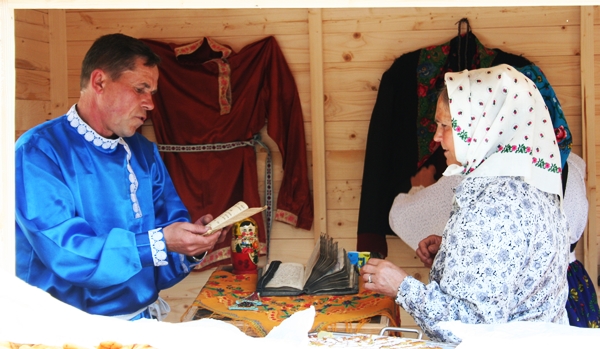I like to believe that Dobrogea is a meeting place between North and South and East and West. Here came sometime, people from different geographical areas, with various religions, cultures and lifestyles. And they told to this place HOME and made it exactly like the original HOME.
The traditional gastronomy is just one aspect of Dobrogea... but a very tasty one.
Photos taken in the court of Ethnographical and Folk Art Museum Tulcea.
Sarmale (forcemeat rolls in cabbage leaves)
Donuts
Romanians from Luncaviţa Village prepared sarmale, donuts and Dobrogean pie.
Aromanians - Stejaru Village
Aromanians prepared leek pie and fried peppers.
Italians from Greci Village prepared paste asciuto, pann de fritze and tiramisu.
Greeks from Izvoarele Village
Souflaki
Spinach pie
Turks from Ciucurova Village
Baklava
Russian - Lipovans (Starovery) from Sarichioi Village
Preparation of caşnik
Preparation of piroşki
Ukrainians from Dunavăţu de Jos Village
Wedding breads
Baked carp
Russian - Lipovans (Starovery) from Slava Cercheză Village
Preparation of vareniki
Honey with nuts




























































